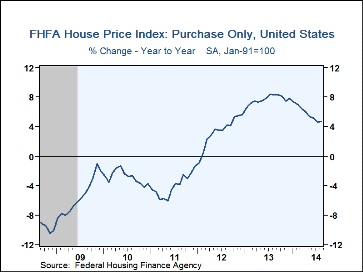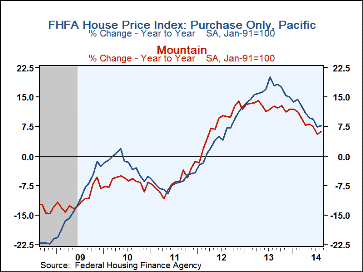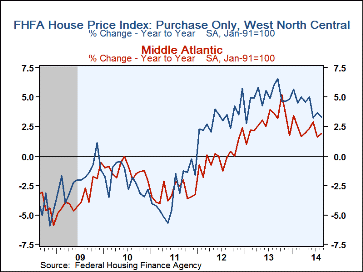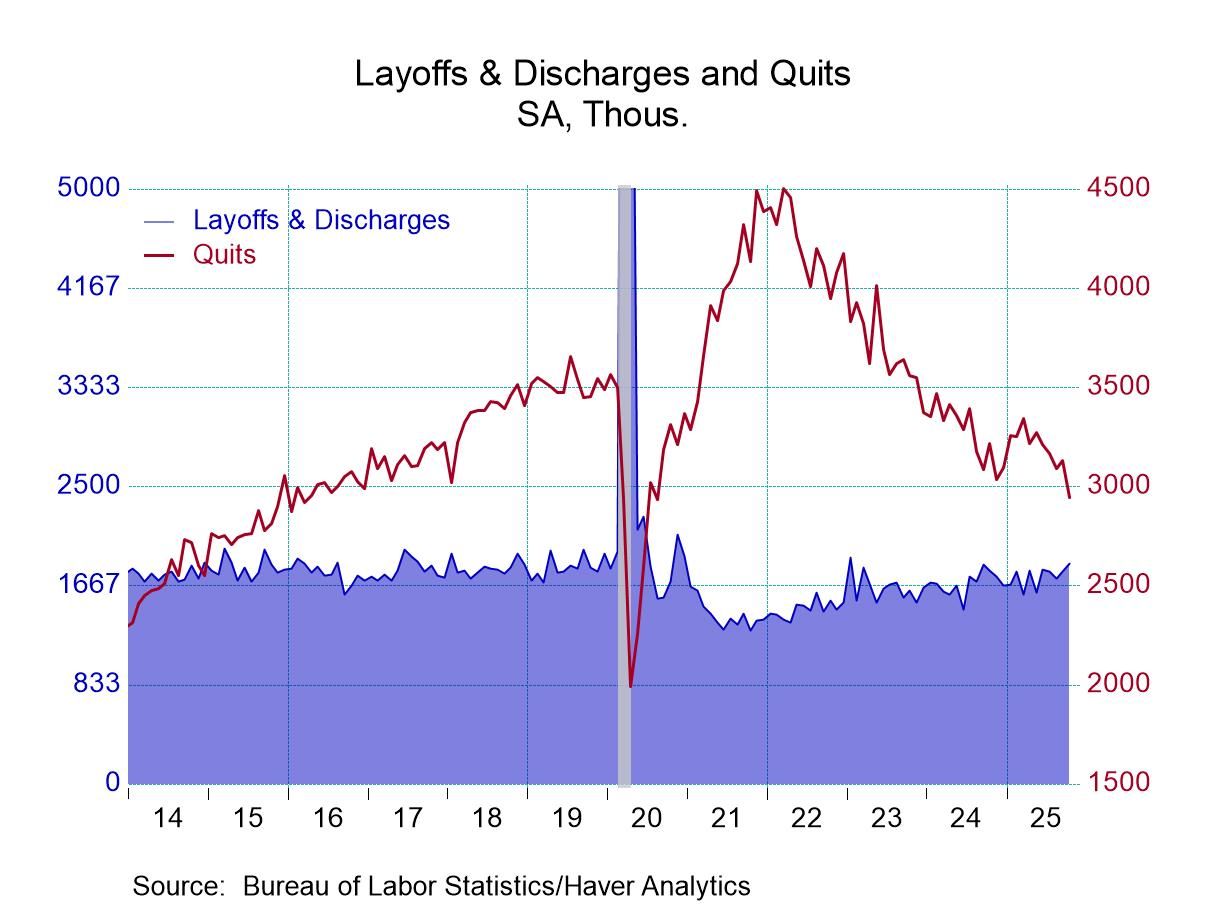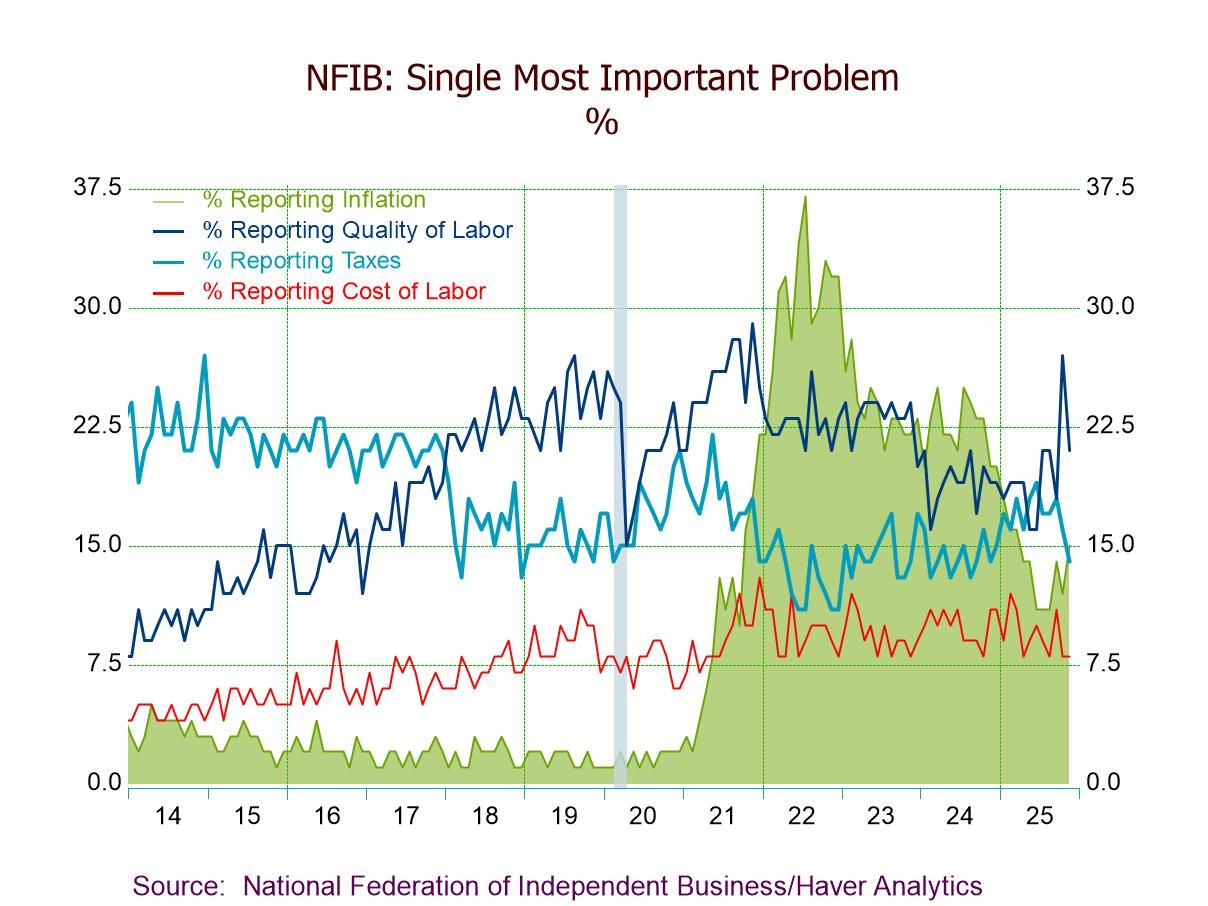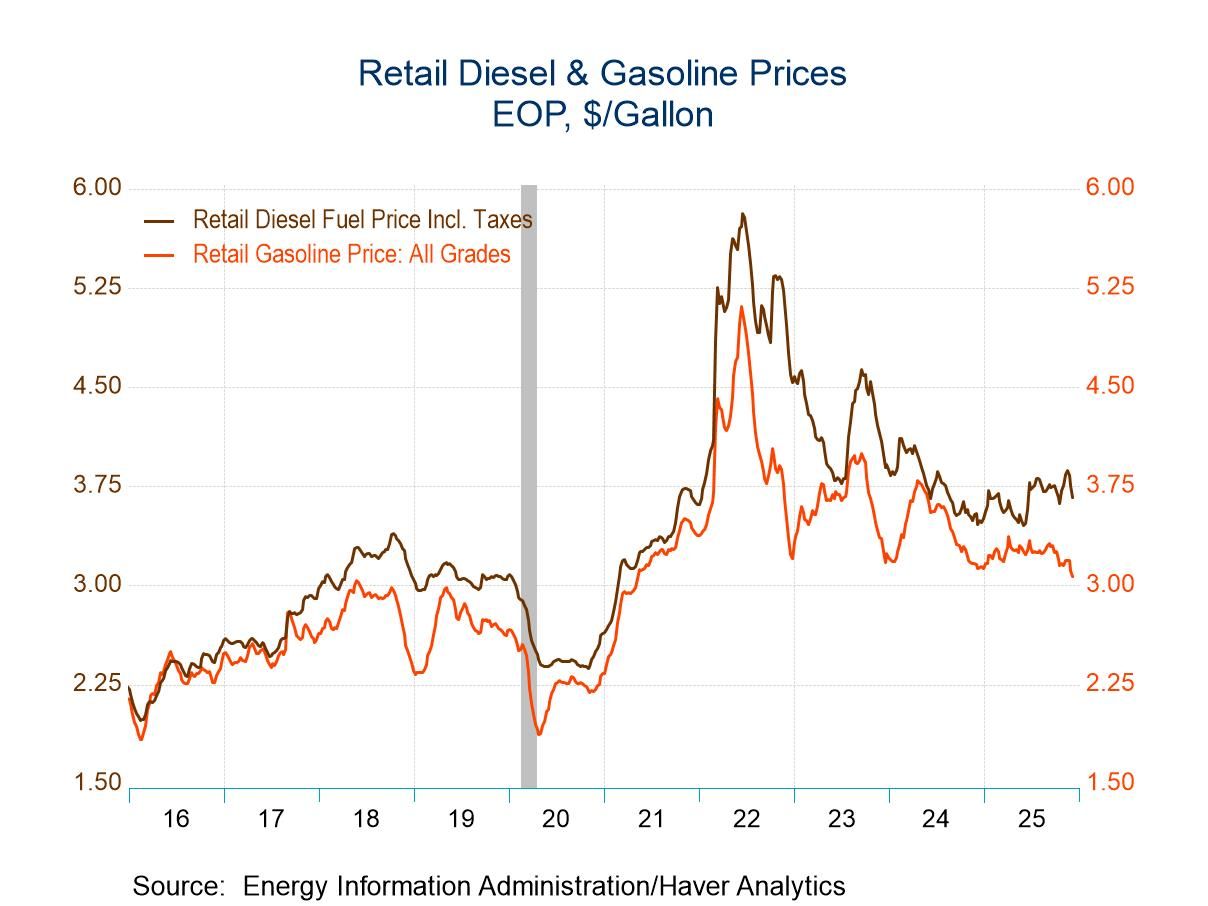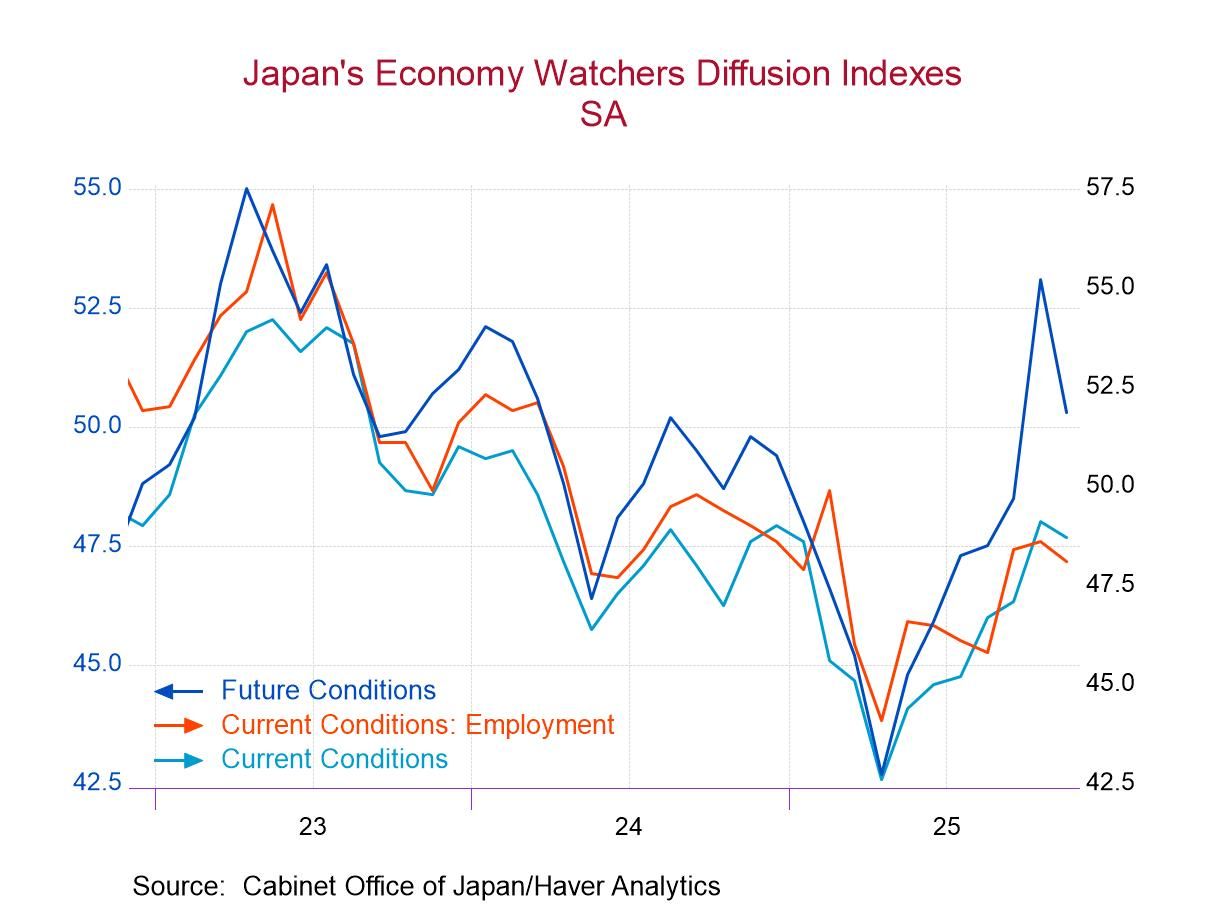 Global| Oct 23 2014
Global| Oct 23 2014U.S. FHFA Home Price Inflation Decelerates
by:Tom Moeller
|in:Economy in Brief
Summary
The U.S. House Price Index from the Federal Housing and Finance Agency (FHFA) improved 0.5% during August following a 0.2% July gain, revised from 0.1%. The latest increase left the y/y rise at 4.7%, nearly its lowest gain since [...]
The U.S. House Price Index from the Federal Housing and Finance Agency (FHFA) improved 0.5% during August following a 0.2% July gain, revised from 0.1%. The latest increase left the y/y rise at 4.7%, nearly its lowest gain since September 2012. This latest report follows earlier trends of moderate but diminished pricing strength. During the last twelve months, prices remained the strongest in the Pacific region, but the 7.8% y/y rate of increase was down from 20.3% last summer. Home price inflation in the Mountain region also eased to 6.2% y/y during August from the April 2013 high of 14.2%.
Home price inflation elsewhere in the country was moderate and also diminished. In the South Atlantic region, home prices advanced 4.5% y/y compared to 9.2% one year ago. In the West North Central region, the 3.3% y/y rise compared to a high of 6.5% last September while the Middle Atlantic region remained lowest at 1.9% y/y, down from a 5.2% high.
The FHFA house price index is a weighted repeat sales index. It measures average price changes in repeat sales or refinancings on the same properties. It is based on transactions involving conforming, conventional mortgages purchased or securitized by Fannie Mae or Freddie Mac. Only mortgage transactions on single family properties are included. The FHFA data is available in Haver's USECON database.
| FHFA U.S. House Price Index Purchase Only (SA %) | Aug | Jul | Jun | Y/Y | 2013 | 2012 | 2011 |
|---|---|---|---|---|---|---|---|
| Total | 0.5 | 0.2 | 0.3 | 4.7 | 7.7 | 3.4 | -4.0 |
| Pacific | 0.8 | 0.1 | 0.8 | 7.8 | 16.5 | 4.9 | -6.8 |
| Mountain | 1.2 | -0.4 | 0.1 | 6.2 | 12.7 | 8.1 | -6.6 |
| West South Central | 0.8 | 0.7 | -0.0 | 5.8 | 6.2 | 4.3 | -1.1 |
| South Atlantic | -0.6 | 0.3 | 0.9 | 4.5 | 8.2 | 4.0 | -5.1 |
| East North Central | 0.9 | 0.3 | -0.0 | 4.5 | 5.5 | 2.2 | -3.6 |
| East South Central | 0.8 | 0.8 | -0.1 | 4.0 | 4.5 | 2.5 | -2.6 |
| West North Central | 0.6 | 0.3 | -0.4 | 3.3 | 5.0 | 3.4 | -3.2 |
| New England | -0.6 | 0.4 | 0.2 | 2.0 | 4.0 | -0.1 | -2.2 |
| Middle Atlantic | 0.4 | -0.5 | 0.2 | 1.9 | 2.9 | 0.0 | -3.1 |
|
|
Tom Moeller
AuthorMore in Author Profile »Prior to joining Haver Analytics in 2000, Mr. Moeller worked as the Economist at Chancellor Capital Management from 1985 to 1999. There, he developed comprehensive economic forecasts and interpreted economic data for equity and fixed income portfolio managers. Also at Chancellor, Mr. Moeller worked as an equity analyst and was responsible for researching and rating companies in the economically sensitive automobile and housing industries for investment in Chancellor’s equity portfolio. Prior to joining Chancellor, Mr. Moeller was an Economist at Citibank from 1979 to 1984. He also analyzed pricing behavior in the metals industry for the Council on Wage and Price Stability in Washington, D.C. In 1999, Mr. Moeller received the award for most accurate forecast from the Forecasters' Club of New York. From 1990 to 1992 he was President of the New York Association for Business Economists. Mr. Moeller earned an M.B.A. in Finance from Fordham University, where he graduated in 1987. He holds a Bachelor of Arts in Economics from George Washington University.


